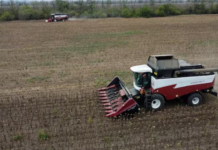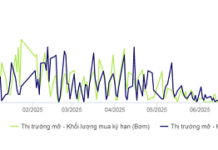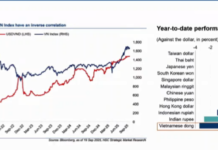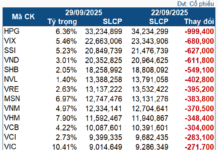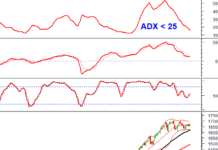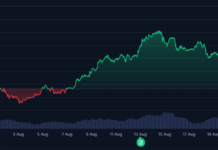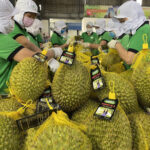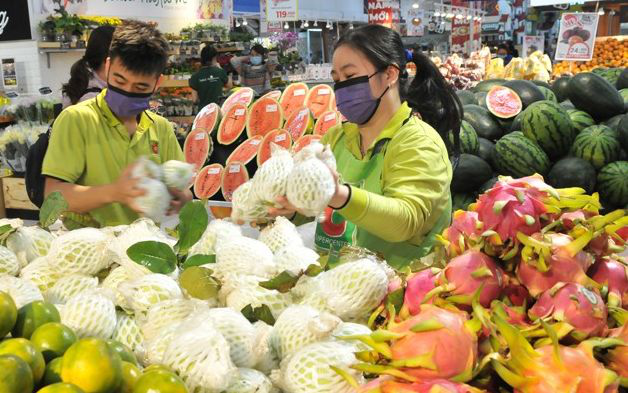
Diversifying markets and enhancing quality standards are the keys to Vietnam’s agricultural products not only recovering but also surging, aiming for new export records.
The Comeback and Momentum from Diversification
Vietnam’s fruit and vegetable export industry is undergoing a significant transformation, from early-year challenges to impressive growth signals in the second half of 2025. According to data from the General Department of Customs, the export turnover of fruits and vegetables in August 2025 reached $951 million, up 24.4% compared to July and 13% compared to the same period in 2024. In the first half of September (1-15/9), the export turnover reached nearly $647 million, up 38.54% year-on-year.
In the early stages of the year, the fruit and vegetable industry faced numerous challenges. In January 2025, export turnover was only $372.7 million, down 23.7% year-on-year; by the end of July, growth was still negative at -0.3%. The main cause was the decline in the Chinese market – the largest partner, accounting for nearly 58% of total fruit and vegetable export turnover. However, thanks to market diversification and product quality improvement, the industry has strongly recovered, reaching $5.466 billion cumulatively by September 15, 2025, up 5.3% year-on-year.
Mr. Nguyen analyzed that the industry’s recovery stems from breakthroughs in new and demanding markets. Notably, the U.S. market has emerged as a highlight. It is the second-largest export market for Vietnamese fruits and vegetables and has recorded extremely positive growth.
Specifically, fruit and vegetable exports to the U.S. increased impressively, reaching $363.3 million in August, up 59.8% year-on-year. Mr. Dang Phuoc Nguyen, Secretary-General of the Vietnam Fruit and Vegetable Association, stated that the U.S. is becoming a crucial highlight in Vietnam’s fruit and vegetable export strategy. This strong growth not only reflects consumption demand but also demonstrates the quality and reputation of Vietnamese fruit and vegetables in the international market.
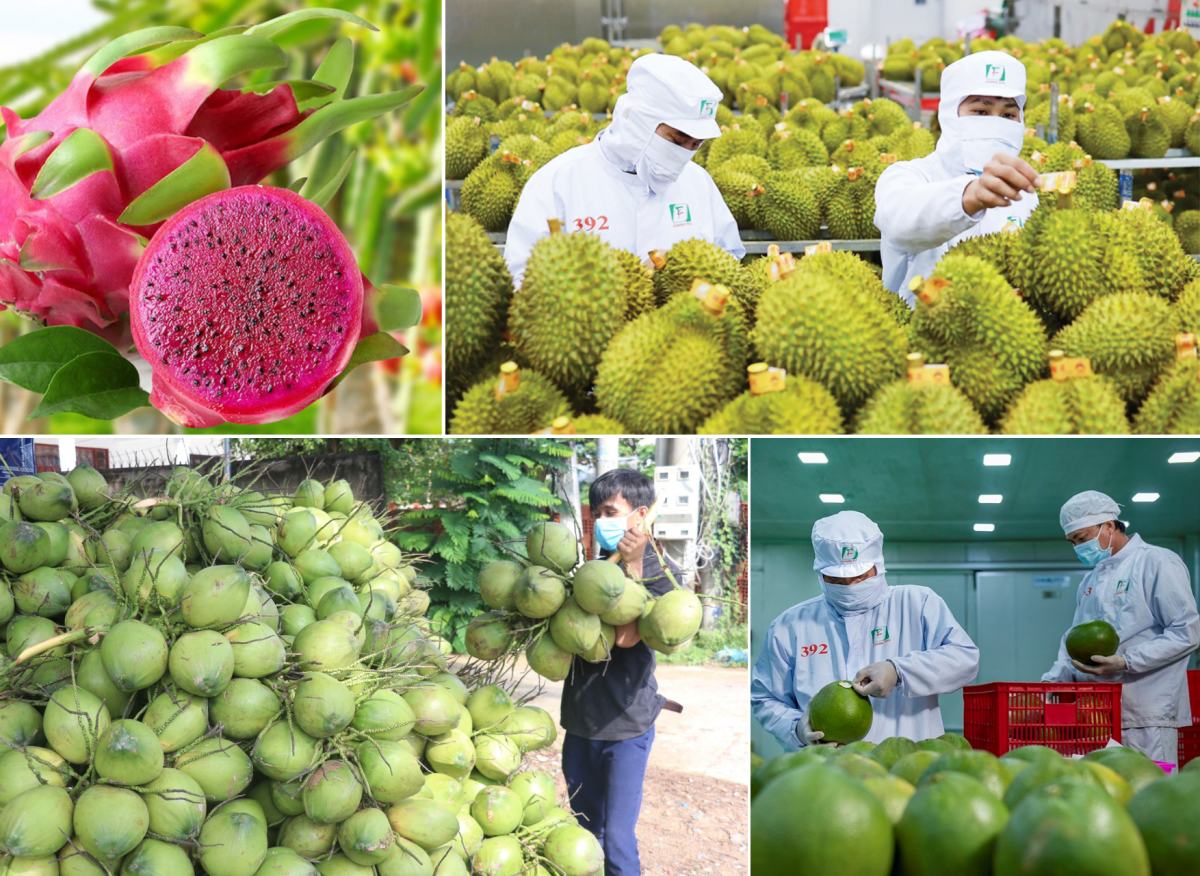
The fruit and vegetable industry has marked a new historical milestone.
Continuing the recovery trend, in September, Vietnam’s fruit and vegetable industry recorded a historic milestone with export turnover reaching nearly $1.3 billion – the highest level ever. Durian exports – the king of fruits – are playing a leading role, contributing to pushing the industry towards a new record and opening up the prospect of reaching the $8 billion mark this year. Besides durian, various other fruit and vegetable products such as bananas, coconuts, pineapples, passion fruit, and processed mangoes are also growing steadily, making the export structure increasingly diverse. This not only reduces dependence on a single product but also strengthens Vietnam’s position among the leading tropical agricultural exporters.
“With the current growth momentum, Vietnam’s fruit and vegetable export industry can expect to achieve and surpass the $8 billion target in 2025. This success comes not only from increased exports to potential markets like the U.S. but also from expanding and consolidating traditional markets such as China, Japan, and South Korea… Vietnam’s fruit and vegetable industry is asserting its position on the global agricultural map, proving its ability to overcome difficulties, seize opportunities, and develop sustainably,” Mr. Nguyen emphasized.
Secrets of Quality, Transparency, and Flexibility
According to Mr. Nguyen, the recent recovery and surge of the fruit and vegetable industry are not coincidental but stem from two main factors: enterprises’ flexibility in diversifying markets and meeting new requirements for quality and transparency.
From a business perspective, Mr. Nguyen Huu Tinh, Director of Huu Nam Co., Ltd., shared that from the beginning of the year, the company’s fruit export orders have grown well, driven by several factors, including improved product quality, diversified export items, and effective new market penetration strategies. “Market diversification and product quality enhancement are the keys to sustainable industry development and reduced dependence on a few large markets,” Mr. Tinh added.
Meanwhile, Mr. Le Van Tung, Director of FruitsViet Co., Ltd., noted that the pressures from demanding markets have forced businesses to change. “We realized that simply selling products is not enough. More importantly, we must build trust and brand. The U.S. market demands absolute transparency in origin, production processes, and safety standards. Therefore, we have heavily invested in standardizing processes from farms to packaging, ensuring each product meets the highest quality standards,” Mr. Tung emphasized.
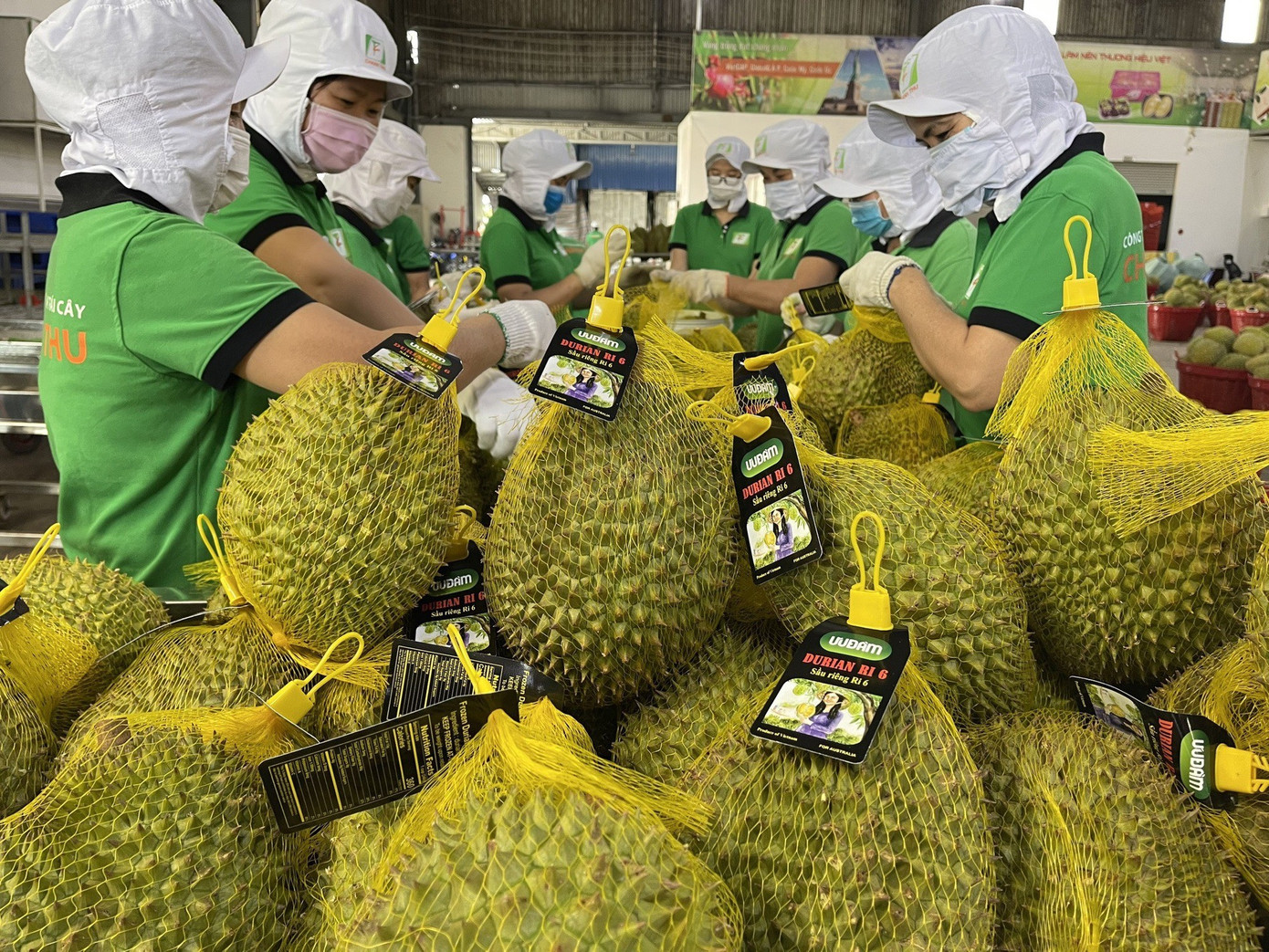
China requires formal imports, demanding strict compliance with food safety regulations.
Sharing another story, Mr. Nguyen Minh Quang, Director of Viet-Trung Agricultural Import-Export Company, said that as China approaches National Day and Mid-Autumn Festival, the demand for durian as mooncake filling has surged, and they are increasing exports of this product. However, Chinese importers now require formal imports, demanding strict compliance with food safety regulations, requiring businesses to operate legitimately and focus on quality investment.
To protect reputation and maintain sustainable exports, Vietnam’s agricultural industry is implementing strategic solutions. Mr. Ngo Van Hung, a member of a cooperative in Bac Giang, shared: “We understand that investing in quality and brand is the only way to survive and develop. Although initially costly, once our products are labeled and certified for quality, foreign partners are more assured, reducing the risk of returns.”
With strong growth in the U.S. market, recovery in China, and efforts in brand building and quality improvement, Vietnam’s fruit and vegetable industry can be optimistic about achieving the 2025 export target. “This success demonstrates that when Vietnamese enterprises are proactive, flexible, and invest in quality, they are fully capable of overcoming challenges and conquering the most demanding markets,” Mr. Nguyen emphasized.
The success of the fruit and vegetable industry is not just the story of a single sector but a valuable lesson for the entire economy: Any industry can surge by capturing global market shifts and having the right strategic direction. It is about preparation, investment, and flexibility, rather than relying solely on existing advantages. Vietnamese agricultural products are ready for a new era, an era of professionalism and sustainability.
Vietnam’s Fruit and Vegetable Exports Reach Unprecedented High
In September, Vietnam’s fruit and vegetable industry achieved a historic milestone, with export turnover reaching nearly $1.3 billion—the highest level ever recorded. Durian exports, the king of fruits, are leading the charge, propelling the sector toward a new record and paving the way to potentially hit the $8 billion mark this year.
Revolutionizing Supply Chains: A Game-Changing Opportunity for Vietnamese Household Goods
In the wake of post-Covid-19 supply chain reshaping, global brands are seeking new destinations beyond China. This presents a golden opportunity for Vietnam’s home appliance industry, provided it leverages its manufacturing strengths, aligns with international standards, and establishes a distinct brand identity.


